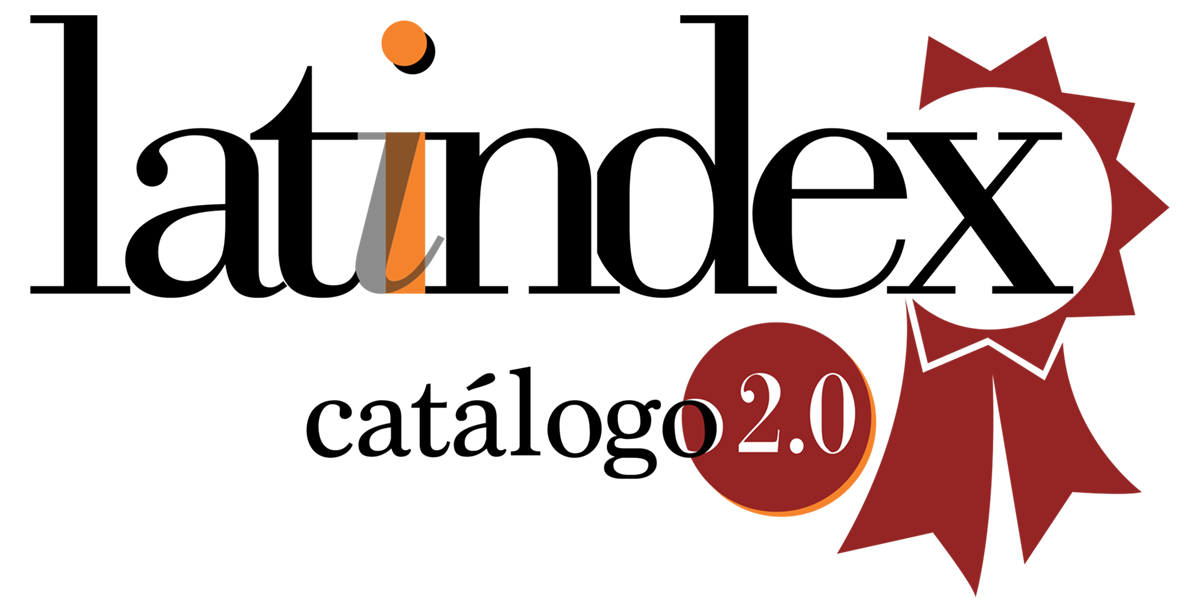Peer evaluation
The evaluation process of the works consists of two phases: that carried out by the editorial committee of the journal and that corresponding to the expert peer evaluators specialized in the topic in question that the work addresses.
It is up to the editorial committee to previously verify, through the use of plagiarism detection tools, the originality of the article and that it does not reproduce parts or all of another work previously published by another author. Likewise, it will be verified that the standards established by the Journal for the publication of scientific works are met.
Upon completion of the previous phase, the works that meet the preliminary requirements will be assigned by the editor-in-chief of the journal to the general and section editor, who will be in charge in this phase of assigning the review to the expert peer evaluators in the journal. topic in question for review, anonymously. The authors of the works may be consulted in this process, in case pertinent clarifications are required for the understanding of central aspects of the work. They will issue the respective evaluation report which will be evaluated by the editorial committee to make the final decision regarding the approval of the work.
The editorial committee will inform the authors of the result of the evaluation of their proposals, who, if necessary, will count as a period of no more than 21 days from the moment in which the result of the evaluation is notified. If no response is received from the authors, the Editorial Committee rejects the work.
Peer evaluation:
When the article is approved in the initial phase, it goes to the peer review process, in the double-blind modality. The works are submitted to the evaluation of experts on the topics. When there is a positive and a negative response from the experts, the participation of a third party will be requested, on whose response the final acceptance or rejection by the editorial committee will depend.
The final criteria established are the following:
1) Admission unchanged
2) Admission with changes
3) Non-definitive rejection
If the work cannot be modified according to the journal's requirements, but due to its content, it is recommended that it be resubmitted for subsequent publication in another issue of the journal once the reviewers' suggestions are met and it is subjected to a new review process.
4) Rejection
The results will be formally communicated by the editorial committee to the authors and the causes of rejections will be explained to them if they occur. The final result of the evaluation will be final. The total review process and the results regarding its acceptance will not exceed a period of 60 business days.
As part of the submission process, authors are required to verify that the work meets all of the elements shown below. Submissions that do not comply with these guidelines will be returned to the authors:
- The submission has not been previously published or submitted for consideration by any other journal.
- The submission file is in Microsoft Word format.
- The text has single spacing; Time New Roman font, 12 points; italics are used instead of underlining (except in URLs); and all illustrations, figures and tables are placed within the text, not at the end of it.
- The text adheres to the stylistic and bibliographic requirements summarized in the Journal's guidelines for authors, found in the respective author template.
- Citation Format (APA Citation, seventh edition). Consult document available to authors).




















